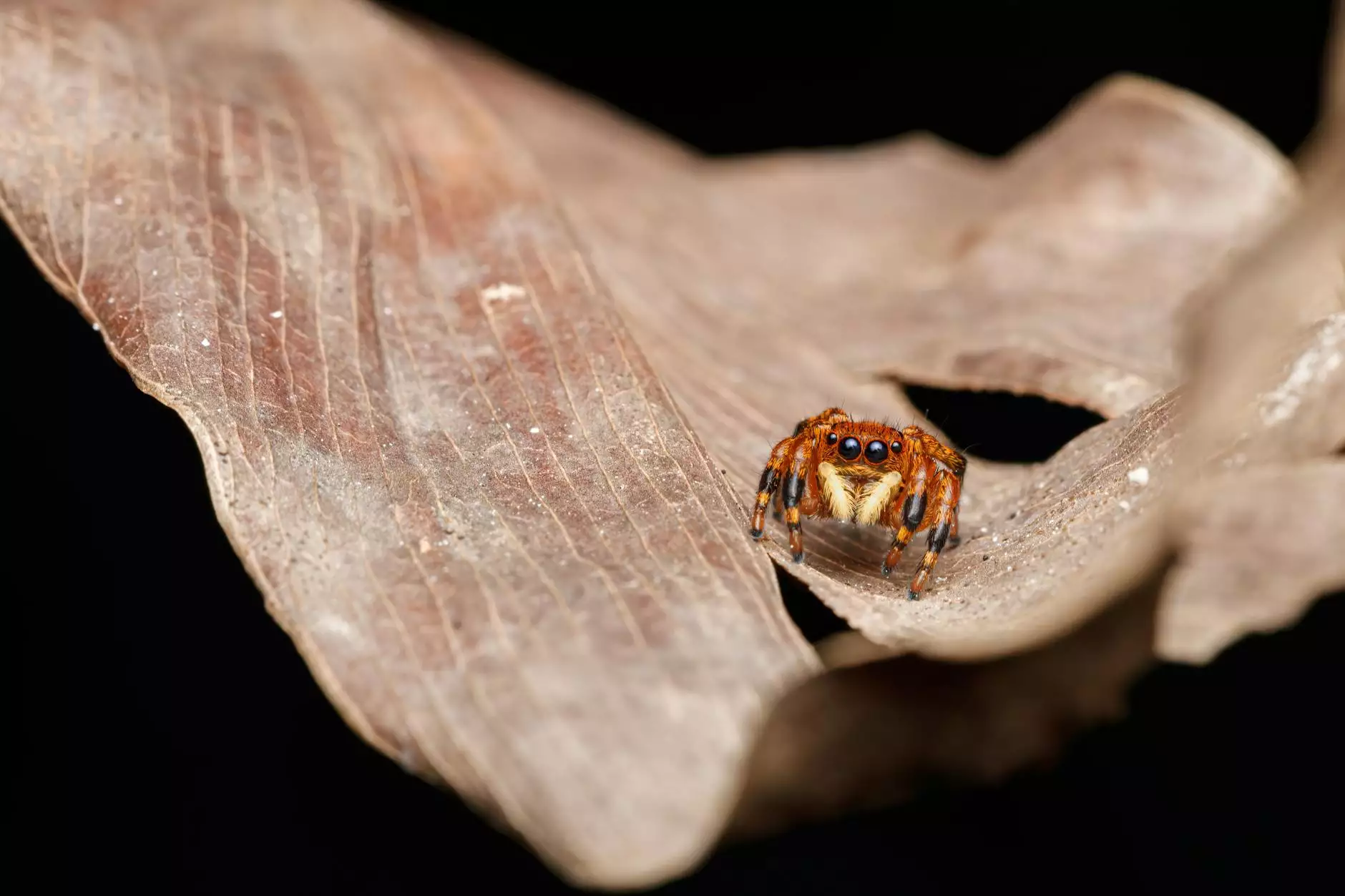Corn Weevil Control: Effective Strategies for Farmers

In the realm of agriculture, protecting your crops from pests is of utmost importance. One of the most significant threats to grain and corn is the corn weevil. These tiny, yet destructive pests can undermine the hard work that farmers put into their fields. This article aims to provide comprehensive insights into corn weevil control, offering farmers actionable strategies to mitigate their impacts and ensure a fruitful harvest.
Understanding the Corn Weevil
The corn weevil, scientifically known as Sitophilus zeamais, is a type of grain weevil notorious for infesting and damaging stored corn and cereal grains. Here are some key facts about this pest:
- Appearance: Adult corn weevils are dark brown or black, measuring about 2.5 to 4 mm in length.
- Lifecycle: Female weevils lay eggs inside the kernels, and upon hatching, larva feed on the grain, leading to significant damage.
- Habitat: They thrive in warm, humid environments where stored grain is available.
The Economic Impact of Corn Weevils
The presence of corn weevils can lead to substantial economic losses for farmers. Here’s why effective corn weevil control is crucial:
- Loss of Yield: Infestations can lead to decreased quality and quantity of grain.
- Increased Costs: Farmers may incur additional costs in pest management and treatment measures.
- Marketability Issues: Damaged grains may not meet market standards, affecting sales.
Preventive Measures for Corn Weevil Control
As the old adage goes, "an ounce of prevention is worth a pound of cure." Implementing preventive measures is crucial for managing corn weevil populations. Here are some strategies to consider:
1. Proper Storage Techniques
The first line of defense against corn weevils is proper storage. Here are tips to enhance storage practices:
- Cleanliness: Always clean storage bins before filling them with new grain. Remove any old grain residues to deter pests.
- Temperature Control: Store grains in cool, dry locations. Lower temperatures can slow down the lifecycle of corn weevils.
- Moisture Management: Maintain optimal moisture levels (less than 14%) to reduce the risk of infestations, as high moisture attracts pests.
2. Regular Monitoring and Inspections
Regular monitoring can aid in the early detection of corn weevil infestations. Here’s how to effectively monitor your grain:
- Visual Inspections: Regularly check stored grain for signs of infestation, including visible adult weevils or damaged grains.
- Use Traps: Employ pheromone traps to catch adult weevils and gauge infestation levels in storage areas.
- Record Keeping: Keep records of inspections and pest sightings to track trends and make informed decisions.
Control Methods for Corn Weevil Infestation
In the event of an infestation, swift action is essential. Here are proven methods of corn weevil control:
1. Chemical Control
When other control measures fail, chemical treatments may be necessary. Here are the common chemical options:
- Insecticides: Apply grain protectants or insecticides that are labeled for use against corn weevils. Always follow the manufacturer’s instructions.
- Fumigation: In severe cases, fumigation may be necessary for bulk storage facilities. Consult professionals for effective fumigation services.
2. Biological Control
Utilizing biological control agents can also mitigate corn weevil populations. Consider the following:
- Nematodes: Beneficial nematodes can be released in fields to target corn weevil larvae.
- Predatory Insects: Introducing predatory insects that target weevils can help keep their populations under control.
3. Cultural Practices
Cultural practices play a significant role in managing corn weevil populations. Here are some tips:
- Crop Rotation: Rotate crops to disrupt the lifecycle of the corn weevil.
- Field Sanitation: Remove debris and leftover grain from fields to eliminate potential habitats for the weevil.
Utilizing Technology for Corn Weevil Control
Modern technology offers innovative solutions for pest management. The following tech enhancements can assist farmers in their efforts:
1. Monitoring Systems
Implementing advanced monitoring systems can provide real-time data about pest activity:
- Smart Sensors: Use smart sensors that measure temperature and humidity levels in storage facilities.
- Mobile Apps: There are apps available that remind farmers to check storage conditions and monitor pest activities consistently.
2. Precision Agriculture Techniques
Incorporating precision agriculture practices can help farmers optimize their pest control efforts:
- Data Analysis: Utilize data analytics to predict pest outbreaks based on environmental conditions.
- Targeted Treatments: Apply pest control measures in a targeted manner rather than across entire fields.
Conclusion: The Path to Successful Corn Weevil Control
Effective corn weevil control is essential for maintaining the quality and quantity of your grain harvests. By understanding the biology of corn weevils, implementing preventative measures, and deploying control methods, farmers can significantly reduce the impact of these pests. Remember, every farmer’s situation is unique; therefore, it’s important to tailor your approach based on your specific conditions and resources. For more resources and expert advice on managing corn weevils and other agricultural challenges, consider visiting tsgcinc.com. With commitment and informed practices, you can protect your crops and secure your farming future.









